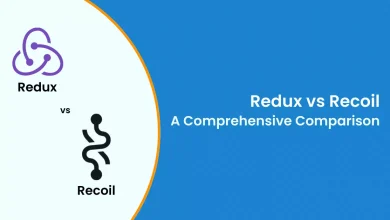8 Reasons to Develop an eLearning Platform for Your Business

Overview of eLearning Platform
Today, the economy is no longer based solely on industrial production or production of services, but also on innovation activities, which require high levels of skills and qualifications for companies. In this context, it is important to develop an eLearning app culture within your company in order to take ownership of the act of training and integrate training into your organization. Organizing an eLearning platform is a new way of training for you or your business aimed at improving the skills development process. Distance learning has many advantages and makes it possible to meet the requirements for adaptation and development of specific essential and technological skills.
Reasons to Create an eLearning Platform for Your Business?
1. A Business Development Tool
Online education and learning are effective tools for businesses which allows them to anticipate and respond to technological developments in their business. Quality training for employees is a lasting investment to stand out from the competition.

2. Boost the Involvement and Empowerment of Stakeholders
Online training emphasizes the principles of autonomy. Employees feel responsible for the management of their training, managers are more involved in training, it is they who collaborate in defining the training plan.
E-learning creates a positive involvement of the learner. The latter must act, take charge and make the effort to learn. It has the responsibility to evolve and increase its efficiency.
3. A More Flexible Method of Learning
For online courses or e-learning, you don’t have to travel, which saves considerable time. Employees can access their training online at their convenience. They can go at their own pace, pass quickly or return to a module.
4. Accessibility
Training is available all the time, in all off-site workplaces, for all learners. This, therefore, allows a business to train these employees using the same support, guaranteeing uniform training.
5. Modularization
This characteristic makes e-learning better suited, and more targeted, it can be spread out over time, which facilitates learning. It allows the individualization of routes to place people in the right place in a course.
6. Reduction of Training Time
As the content is more precise, better targeted, and intervenes at the right time, training time is considerably reduced, which saves time and money.
7. Responsiveness
The training contents are constantly updated taking into account the changing needs and the evolution of technologies. An e-learning course allows for great adaptability to the rapid change of a position or technique.
8. Quality
E-learning is accompanied by quality research. In fact, the investment represented by online publications obliges organizations to seek greater efficiency both in the content of online training and in eLearning platforms.

Wrapping Up
These are a few of the endless advantages of e-learning for every type of business and industry. Creating an eLearning platform for your business can be a lucrative investment. These apps can be further promoted and advertised in your niche to optimize the ROI of the e-learning app.
At OneClick IT Consultancy, we can help you develop an eLearning app for Android and iOS. Whether it is integrating augmented reality in your eLearning solution or providing a classroom-like experience to the attendees, we create robust apps for your businesses. Connect with us to take a leap in the e-learning applications industry.
Integrate travel APIs seamlessly into your system for comprehensive access to flights, accommodations, and more. Enhance your travel offerings with ease.





